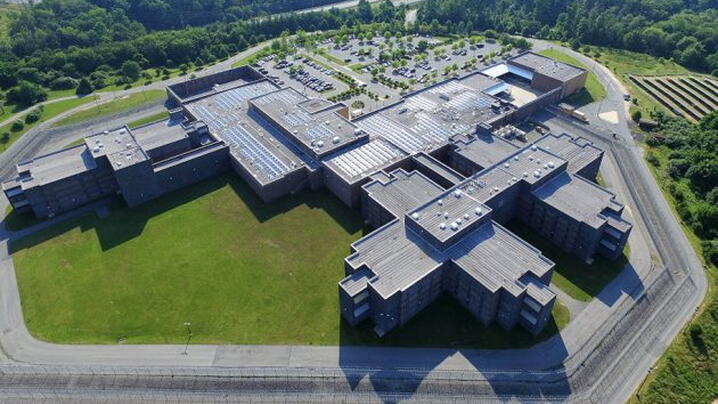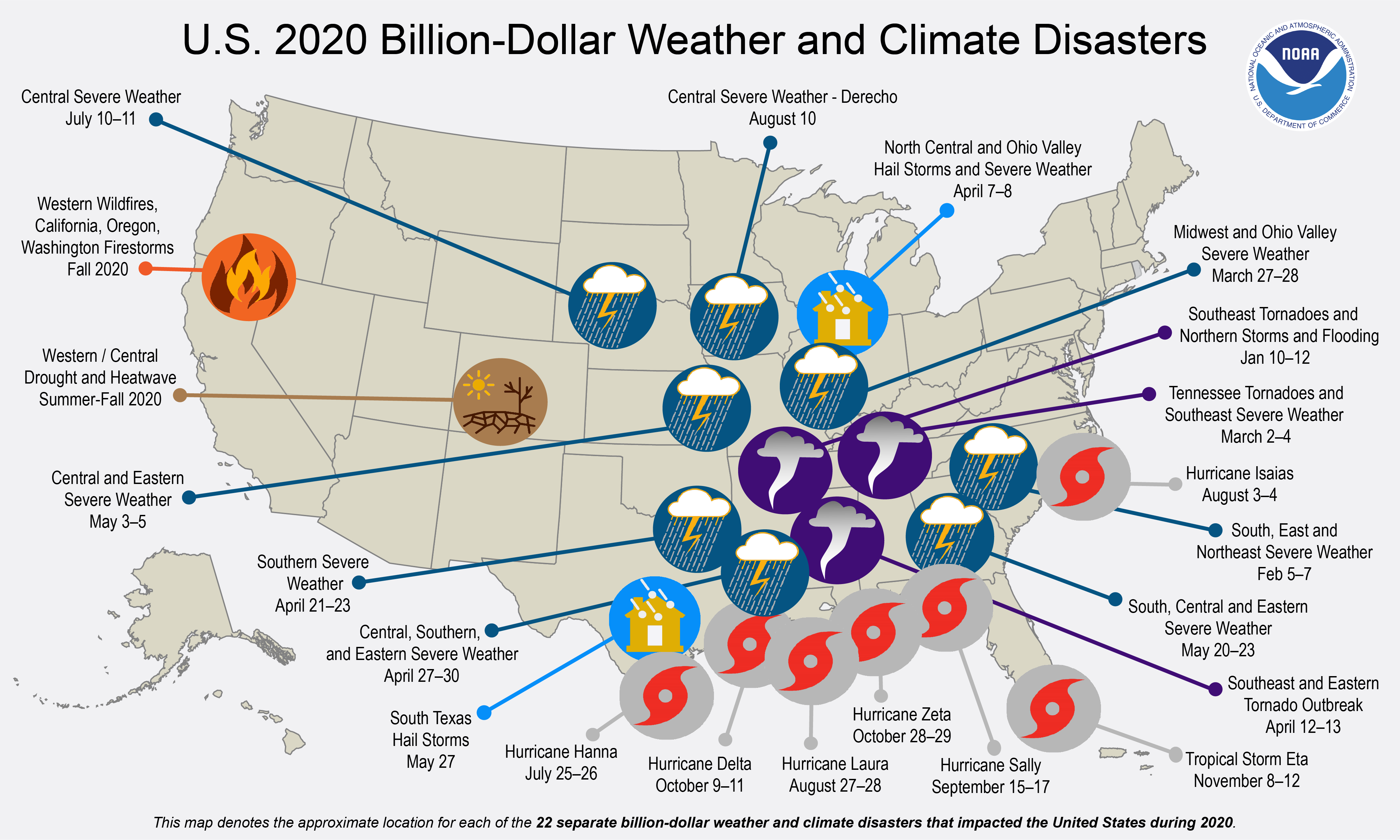
With an increase in inclement weather events due to climate change across the globe, many communities are focusing on avenues to build community resilience, including within their electrical grid. Solar energy development via microgrids can be an advantageous for communities looking for ways to build resiliency against climate crisis. A microgrid, which range from a simple generator to a small solar array, works on the larger electric grid but can “island” itself and operate without the “parent” grid in the case of a blackout or attack. Building and integrating a microgrid into your community’s grid builds security, environmental sustainability, creates jobs, and is more energy efficient than fossil fuel sources.
The Case for Microgrids
Microgrids address a myriad of issues for local governments, including creating economic development opportunities, improving infrastructure, reducing budgetary costs, and improving public safety. According to Guidehouse’s report, The Renewable Energy Economic Benefits of Microgrids, deployment of microgrids across the nation will create nearly 500,000 jobs over the next decade. In California alone, microgrids have created 4,670 jobs and contributed $1.76 billion in business sales. Economic opportunity is not the only benefit of microgrids; the technology can support a community’s efforts to build resiliency against climate change.
Crisis Resiliency

Source: National Oceanic and Atmospheric Administration
With an increase in severe weather events and unprecedented crises across the country due to climate change, developing a climate resilient community has been more important than ever. In 2017 alone, power outages occurred 3,536 times in the United States, impacting 36.7 million people, over 10 percent of America’s population. In February 2021, Texas experienced unusual frigid temperatures that caused state-wide outages due to its power grid’s inability to perform in the extreme cold. Other areas of the United States are experiencing record-high temperatures in the summer months and extreme heat events are increasing across the country. The National Integrated Heat Health Information System (NIHHIS) reports that extreme heat events are one of the leading weather-related causes of death in the United States.
These extreme weather events are causing strain on the electric grid. With consumer power consumption expected to hit all-time highs in the summer months, extreme weather is challenging the nation’s electric infrastructure. Supply chain issues cause even further obstacles for U.S. power companies, as power outages continue and supply chain delays can affect timely restoration of power. With the introduction of renewable energy sources, including microgrids, communities can diversify their supply chain and allow for less disruption in getting energy to their consumers.
Puerto Rico offers a great example of utilizing microgrids to build resiliency post-disaster. They developed a post-hurricane grid reboot that relies on microgrids. The government’s goal is to have one microgrid serve each of the island’s eight territories. These smaller, localized grids will support energy independence for these communities and is economically advantageous as it can help insulate businesses from power failures.
Agency of Local Government
Microgrids use less energy than the parent grid, hence its reduced energy waste. This allows for finer voltage control and empowers local government officials to make timely, sound decisions in the best interest of its constituents. Independently governed and operated communities, such as California’s special districts, are able to raise revenue by board vote and fund small scale energy infrastructure projects. Over 30 other states feature special districts, which were created in the 1880s to empower local governments to meet unique needs of its citizens, like water services in the first special district, Turlock.
Local governments have also utilized microgrids to ensure public safety and community resiliency. After extended large-scale power outages due to heavy storms in Montgomery County, Maryland, the county is installing microgrids on key public services facilities to ensure it can operate even if the main power grid fails.
Montgomery County correctional facility, home to a new microgrid.
Source: Schneider Electric
Microgrid Development
Microgrids are one of many ways that communities can work to mitigate crisis, build resiliency against climate change, and foster energy independence. It is also an avenue for communities to begin investing or further build their renewable energy portfolios that can be easier and cheaper than larger scale renewable energy projects and can be a viable form of job and GDP generation for jurisdictions. Overall, local governments with any interest in crisis mitigation and renewable energy should explore their options to develop microgrids in their community.
More Resources
The U.S. Solar Energy Technology Office (SETO) funded program, SolSmart, provides free consultations and recognizes communities that have solar infrastructure in place for citizens to transition to solar energy. So far, over 460 cities and counties across the United States have been distinguished and have made it easier, faster, and more affordable for their communities to go solar. Other resources that support microgrid development are provided by the Center for Climate and Energy Solutions, electric companies, state grant programs, and nonprofits.
New, Reduced Membership Dues
A new, reduced dues rate is available for CAOs/ACAOs, along with additional discounts for those in smaller communities, has been implemented. Learn more and be sure to join or renew today!
